5. The Sting (1973)
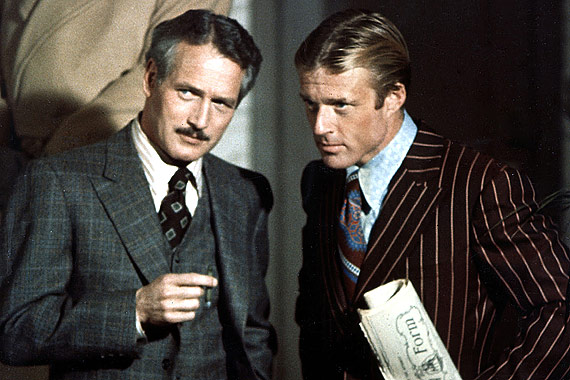
All things considered, the pitch meeting for this one must’ve been pretty straightforward: ‘Hey fellas, our studio needs a surefire hit, how about we bring back the bulk of the creative team behind “Butch Cassidy and the Sundance Kid”, including two of the absolute best in the game in Paul Newman and Robert Redford, and have them link up again as a pair of effortlessly cool professional grifters pulling a series of elaborate cons in Depression-era Chicago?’
The end result is a rollicking madcap ride featuring two proper heavyweight titans at their absolute peak and a razor-sharp script with an ingenious premise and double-crosses galore that keeps the audience guessing until the end and ended up cleaning up at the box office and the Oscars with over $250 million and 7 Academy Awards to boot. 50 years on, it doesn’t matter if you’re looking for a refresher to get the complete gist of the ‘big con’, or you simply want to bask in the boundless charisma and electric chemistry between its powerhouse duo — George Roy Hill’s “The Sting” is just the kind of compulsively rewatchable all-time banger you simply have to watch over and over anytime it’s on cable.
4. One Flew Over the Cuckoo’s Nest (1975)
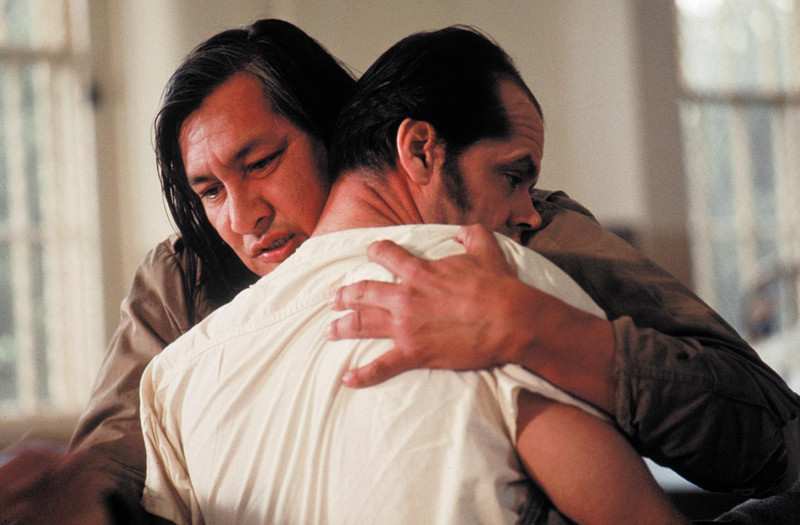
After inhabiting some of the most slippery leads, gray knights, and morally complex antiheroes in 1970s American cinema, the role that finally won Jack Nicholson his first Oscar and forever burnished his reputation as a counterculture icon was the volatile Randle Patrick McMurphy, a ne’er-do-well convicted criminal who leads his fellow patients into revolt against Nurse Ratched (Louise Fletcher) while serving time at a mental institution in this soaring adaptation of Ken Kesey’s 1962 novel.
To this day only the third film ever to walk away with the so-called ‘Big Five’ Oscars (Best Picture, Best Director, Best Actor, Best Actress, and Best Screenplay), Miloš Forman’s anti-establishment pop-cultural juggernaut arrived at an apt moment in time on the heels of Vietnam War and the Watergate scandal when American audiences welcomed about any film at the time that openly encouraged them to stand up to the system and stick it to the man. But that only scratches the surface of why this is still considered one of the best films of the 1970s decade and as important as almost any film from its era.
3. Annie Hall (1977)
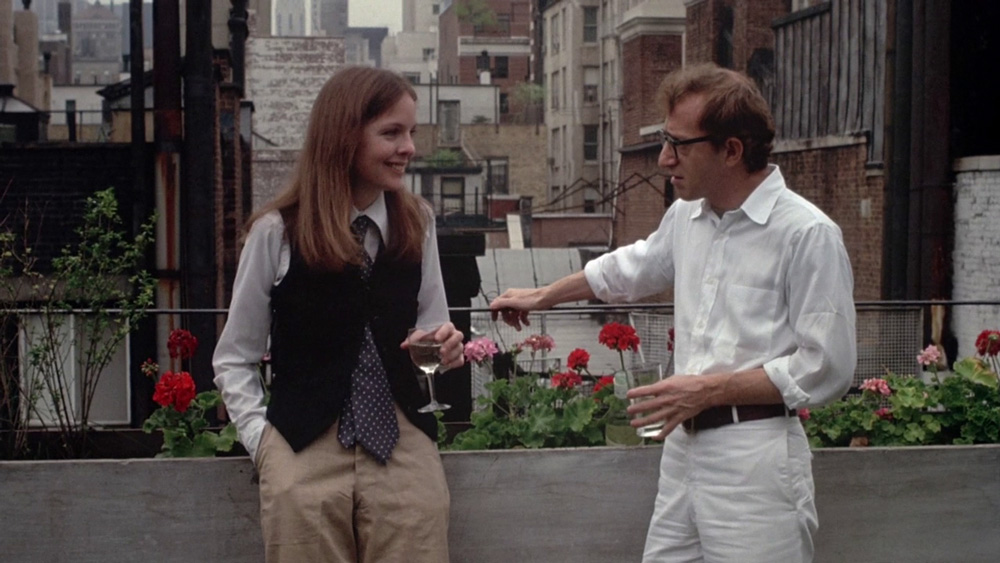
In an extensive back catalog littered with sharp-witted, misanthropic Manhattanites consumed by existential questions and self-doubt who fall in and out of love over and over again, this Best Picture winner still remains Woody Allen’s closest brush with perfection — a sophisticated, uproariously funny, and painfully relatable romantic comedy that might have felt like an anomaly when it stormed into theaters and swept the Oscars back in ’77 but that inadvertently went on to at once codify and perfect every single rom-com cliché Hollywood would shove down our throats ad nauseam for the following five decades.
Clocking in at a crisp, tight 93 minutes that absolutely blow by, “Annie Hall” pulls us headlong into the neurotic mindscape of Woody Allen’s thinly veiled stand-in Alvy Singer, a typically self-absorbed Jewish comedian and writer reeling off a messy breakup who reminisces about his recent fling with Diane Keaton’s titular Annie — arguably the most charismatic and well-rounded female love interest in a filmography chock-full of them.
2. The Godfather Part II (1974)
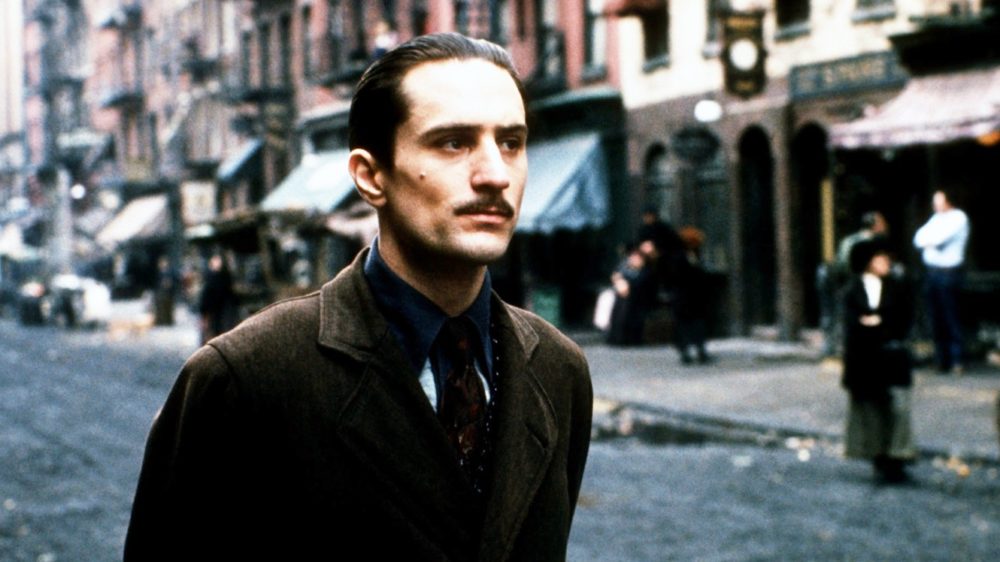
The first installment in the epic crime saga based on Mario Puzo’s pulp bestseller that introduced audiences to the Corleone family clan, legitimized mob movies, and sealed Francis Ford Coppola’s place as one of Hollywood’s preeminent auteurs set what many considered to be at the time an unreachable bar to cross when it single-handedly redefined American cinema and won the Oscar for Best Picture in 1972.
But freed of the need to establish the players and criminal underworld, the 1974 follow-up wastes no time in crisscrossing between timelines to mirror Vito’s youth and ascent as a penniless Sicilian immigrant vying for wealth and power with the moral decay of his corrupted son and heir apparent Michael, who struggles to fill his father’s shoes and keep the family business afloat.
What “The Godfather: Part II” may lose in the presence of Marlon Brando and James Caan, it gains in spades with Lee Strasberg and Robert De Niro (who won the Oscar for his on-point Brando impression). After all, there’s a reason why this film keeps showing up on lists of the best sequels ever made and many even prefer it to its predecessor.
1. The Godfather (1972)
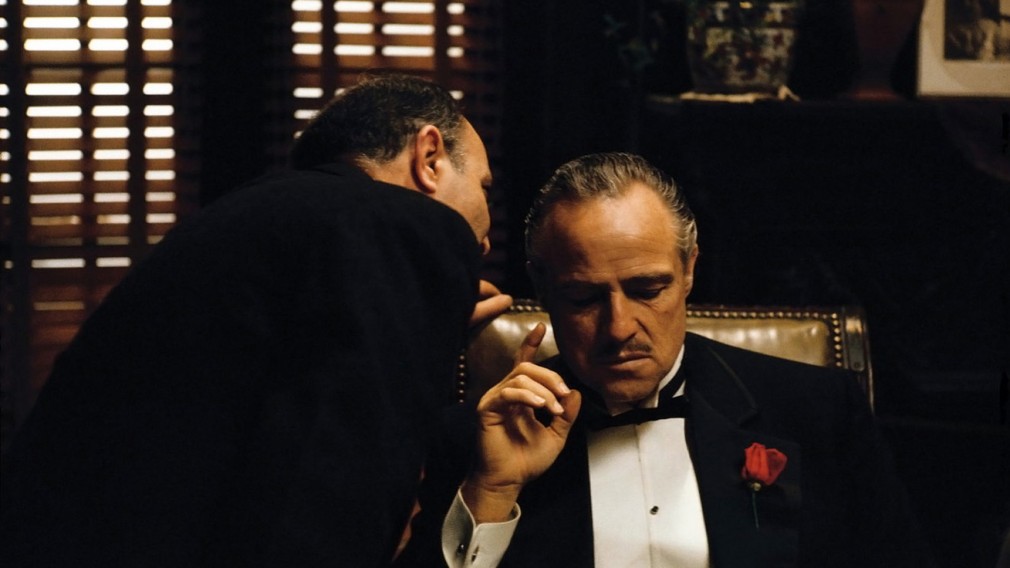
Maybe you’ve heard of it? By this point, there’s not much else to be said about Francis Ford Coppola’s seminal masterpiece, a 3-time Oscar winner also known as the grand-daddy of all gangster movies that has been showered in praise and co-opted by pop culture for so long it now runs the risk of being reduced to a collection of quotable lines and memorable scenes.
Contrary to what its nearly mythic status in the public consciousness as the pinnacle achievement in American cinema and a textbook example of highbrow prestige-fare may suggest, there was a time when this sweeping saga about a well-intentioned young man (Al Pacino) taking his first steps into the criminal life after being swept into his family’s Mafia empire, while not necessarily packed with action, was once deemed as a pulpy crowd-pleaser with broad appeal (it actually raked in $250 million domestically, good for 25th all time adjusted for inflation).
That it walked away with the Best Picture trophy, embedded itself so richly in the popular imagination and continues to endure today as a rite of passage for several generations of young cinephiles speaks to its undisputed pedigree and lasting power.